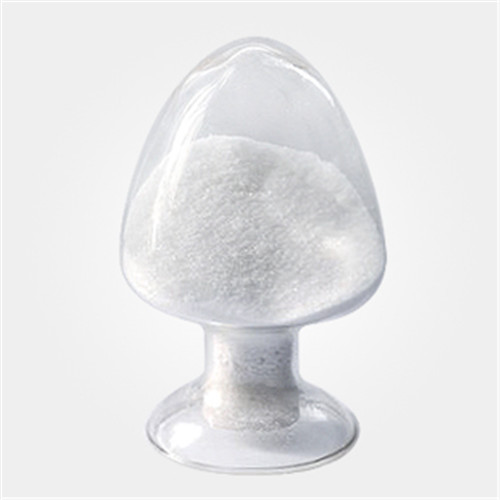Sinoright Blog
Malonic Acid – An Important Chemical Intermediate Overview

Main Uses of Malonic Acid
-
Organic Synthesis Malonic acid is an important intermediate in many chemical reactions, especially in the synthesis of complex organic molecules. It can participate in esterification, reduction, cyclization, and other reactions, serving as a key material for producing pharmaceuticals, pesticides, dyes, and fragrances. For example, in the synthesis of certain drugs, fragrances, and polymers, malonic acid is widely used as a crucial raw material.
-
Pharmaceutical Production Malonic acid and its derivatives serve as the foundation for synthesizing various drugs, particularly in the development of antibiotics and antiviral medications. Additionally, malonic acid itself, under certain conditions, may have some pharmacological effects, and researchers are exploring its potential for treating certain diseases.
-
Agricultural Applications In agriculture, malonic acid is used as a precursor in the synthesis of herbicides, such as glyphosate, which helps improve crop yields. It can also be used as a plant growth regulator to enhance the growth rate and resistance of crops.
-
Food Additives Malonic acid has certain applications in the food industry, mainly as an acidity regulator. It helps adjust the pH of food products, improving their stability and shelf life.
-
Chemical Catalysis Some derivatives of malonic acid play a vital role as catalysts in chemical reactions, helping to accelerate reaction rates and improve the selectivity and efficiency of chemical processes.
Production Methods of Malonic Acid
There are various methods for producing malonic acid, commonly including: - Cyanohydrin Method This method involves the reaction of acrylic acid with hydrogen cyanide to produce malonic acid. It is one of the most widely used synthetic methods in industrial production.
-
Biological Synthesis With the advancement of biotechnology, microbial fermentation for the production of malonic acid has become feasible. Specific bacteria or yeast are utilized to synthesize malonic acid in an environmentally friendly manner, with production costs gradually decreasing.
Advantages and Future Prospects of Malonic Acid
The diverse applications of malonic acid make it a crucial component in many industries. With growing global attention to green chemistry and sustainable development, the biological synthesis of malonic acid is increasingly becoming the primary production method. This environmentally friendly and efficient method will help reduce production costs and minimize environmental pollution.
Furthermore, as scientific research deepens, the applications of malonic acid and its derivatives are expanding into new materials, pharmaceuticals, and other high-tech fields. Many companies are increasing their investments in malonic acid research and development, driving its use in more innovative application areas.
Conclusion
Malonic acid, as an important chemical intermediate, continues to demonstrate its vast potential in various industries due to its wide range of applications, excellent properties, and continuously optimized production processes. Whether in traditional organic synthesis or in emerging fields, malonic acid will continue to play a critical role. We are committed to providing high-quality malonic acid products through innovative technology, promoting the sustainable development of the chemical industry.
